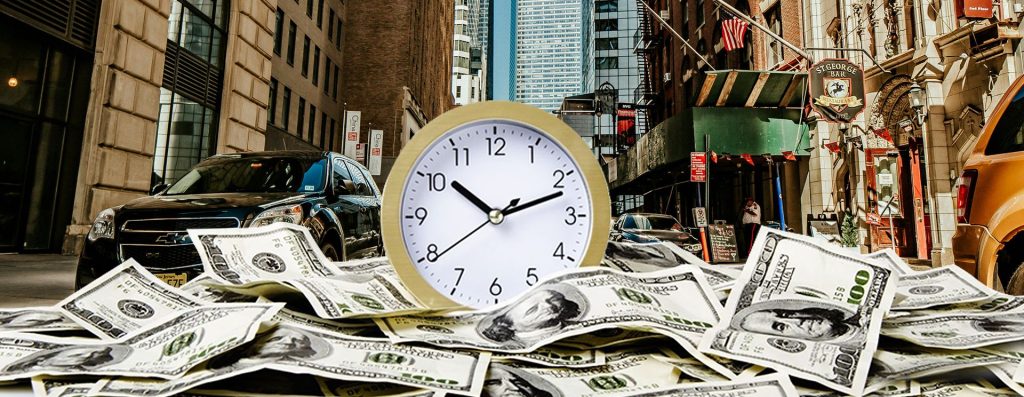How Economic Conditions and Market Volatility Impact Commercial Real Estate
You know how people say real estate is all about location? That’s true, sure. But when it comes to commercial real estate, there’s something just as important—and arguably harder to control: timing. Commercial real estate is inherently cyclical. It rides the waves of the broader economy, and when those waves get choppy, everyone—from investors to developers—feels the motion.
Let’s face it: the last few years have been anything but steady. Between interest rate hikes, inflation, labor shortages, and shifting demand patterns, it’s been a wild ride. And what’s becoming increasingly clear is that market volatility isn’t just something you read about in finance headlines—it shows up in construction delays, leasing slowdowns, compressed cap rates, and projects getting shelved mid-plan.
Why Commercial Real Estate Is So Sensitive
Unlike residential real estate, which often benefits from emotional buying and government-backed financing, commercial projects rely heavily on income potential and economic confidence. When the economy is strong, businesses expand, consumers spend, and commercial spaces—from retail to office to industrial—fill up quickly. But when things slow down? That demand cools just as fast.
Developers feel the squeeze early. Rising interest rates, for example, don’t just make debt more expensive—they throw off entire capital stacks. Projects that penciled six months ago suddenly don’t. Investors, meanwhile, get spooked by declining valuations or uncertain leasing environments, and just like that, liquidity dries up.
One year, there’s a rush to build urban mixed-use developments with ground-floor retail and high-end office space. The next, everyone’s pivoting to last-mile industrial or workforce housing in the suburbs. The pendulum swings fast—and often violently—depending on what’s happening in the broader economy.
Pricing Whiplash and Cap Rate Compression
Let’s talk about pricing. During boom times, everyone’s chasing yield, so prices go up and cap rates get compressed. That’s great—until it isn’t. As soon as the Fed hikes rates or economic sentiment shifts, buyers disappear, and sellers start sweating. Properties that sold at a 4% cap last year might now sit on the market with no offers, or need to be repriced at 6% just to attract attention.
The problem is, developers and owners are often still operating off pro formas built during the upswing. Construction costs may be locked in, but exit pricing isn’t. And that mismatch? It creates friction, and in some cases, complete standstills.
It’s not just about valuation either. Tenants get jittery, too. Office users downsize. Retailers delay new leases. Industrial users rethink their footprints. That softens absorption, which slows NOI growth, which… you guessed it—affects pricing even more.
Development Timelines vs. Economic Timelines
Here’s one of the trickiest parts: commercial development takes time. It can take 12 to 36 months (or longer) to entitle, design, and build a project. And by the time it’s ready to lease or sell, the market may be in a completely different place than when it started.

That’s why economic timing matters so much. Starting a project at the wrong point in the cycle can be the difference between a blockbuster and a breakeven—or worse. This is especially true in California, where entitlement processes are notoriously slow and construction costs are high.
When developers can’t line up financing because lenders are risk-averse, or when cost overruns hit during a market downturn, it’s not just frustrating—it can be catastrophic. Projects get paused. Equity walks. Momentum is lost.
Navigating Volatility: It’s Not All Doom and Gloom
Now, this isn’t to say commercial real estate is too risky to touch. Quite the opposite. It’s just that you have to know how to read the cycle and position yourself accordingly.
In fact, some of the best opportunities come during downturns. When others are sitting on the sidelines, experienced investors and developers find value in distressed assets, repositioning plays, or underutilized land. They move strategically—lining up capital early, locking in construction pricing when contractors are hungry, and getting creative with financing.
For long-term holders, market volatility is often just noise. If you’re developing with a 7- to 10-year horizon, a short-term dip might barely register. Especially if you’re in a strong location with underlying demand drivers—things like job growth, population migration, or infrastructure investment.
That’s also where private capital and alternative lenders have started to shine. While traditional banks have pulled back, private money lenders are stepping up, providing bridge financing, construction capital, or mezz debt that keeps deals alive while the market recalibrates.
Investors Need Confidence—and Realism
Let’s not forget the investor side of this. Market volatility tends to shake confidence, and understandably so. But the solution isn’t to retreat entirely—it’s to adjust expectations and look for deals with real fundamentals.
It’s also about communication. Developers who can clearly explain their strategy, demonstrate contingency planning, and show how their project weathers different economic scenarios are the ones still raising capital, even in choppy waters.
Bottom line? Commercial real estate is cyclical—that’s not going to change. But volatility doesn’t have to mean vulnerability. With the right planning, partnerships, and timing, it’s still one of the most rewarding sectors out there. The key is being honest about where the market is and staying nimble enough to adapt when it shifts. Because let’s be real: it always will.
